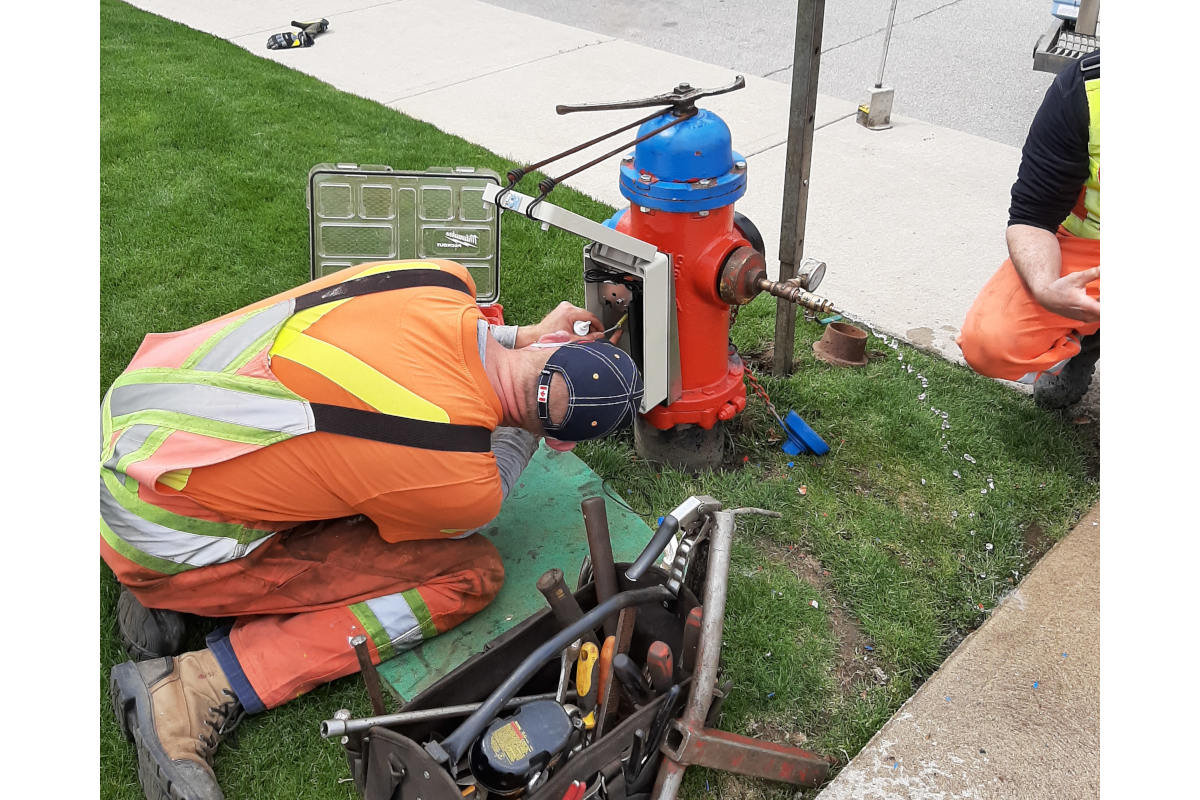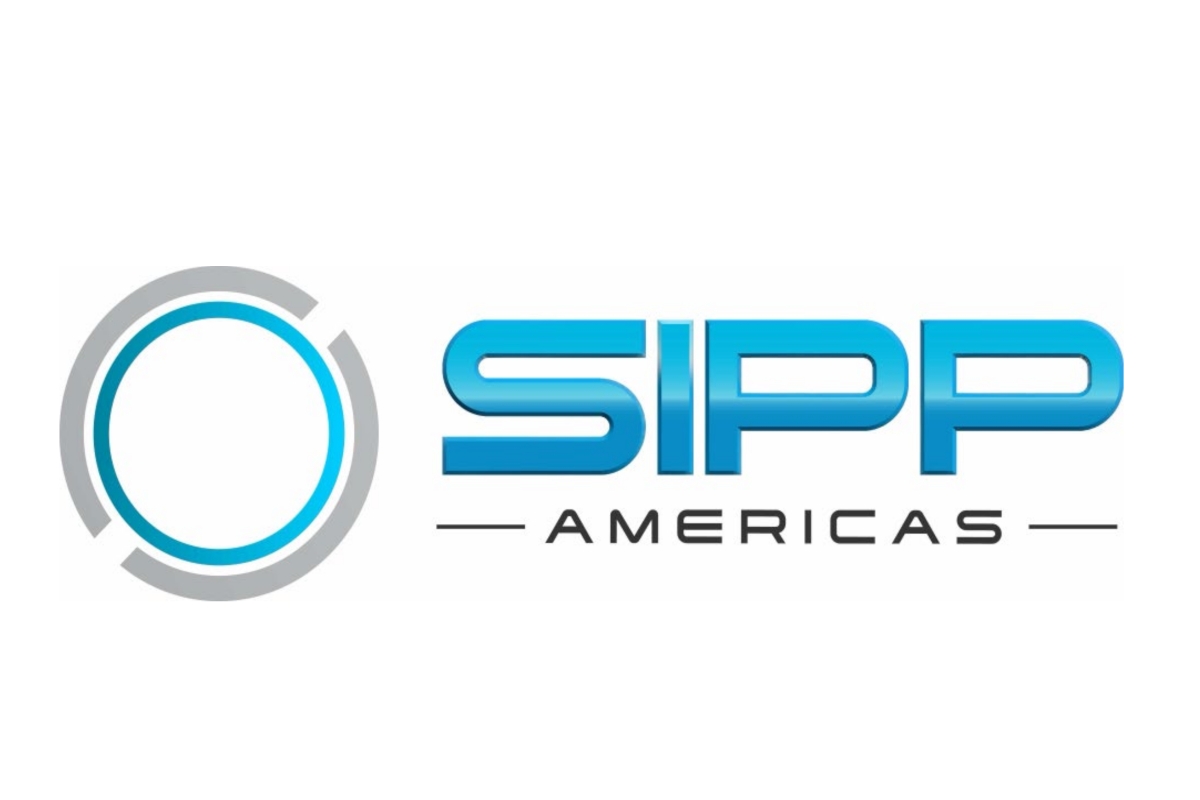First Pipeline Installation in Canada Using Direct Pipe
March 18, 2014
 Almost a year of planning and two weeks of execution resulted in the successful completion on the first pipeline installation in Canada to use the Direct Pipe method.
Almost a year of planning and two weeks of execution resulted in the successful completion on the first pipeline installation in Canada to use the Direct Pipe method.Michels Canada Co. installed 342 m (1,122 ft) of 42-in. oil pipeline under the Beaver River about 20 km (12.4 miles) northeast of Bonnyville, Alberta, about three hours northeast of Edmonton. The project was part of the Inter Pipeline Ltd.’s Cold Lake and Polaris Expansion Program.
Michels, Inter Pipeline Ltd. (IPL) and Complete Crossings Solutions (CCS) spent close to a year on the preliminary design of the oil pipeline crossing before construction started. Michels was responsible for the trenchless installation, support and disposal of excavated material. IPL provided the support, including preparation of the entry and exit locations and pipe sections.
Crews and equipment arrived in August, and setup was completed within two weeks. Michels finished the crossing on Labor Day weekend and was off the site by mid-September. During installation, the Herrenknecht Direct Pipe system was operated seven days a week.
The Direct Pipe method was selected for the Beaver River project to mitigate geotechnical and routing challenges, as well as specific environmental and cultural sensitivities associated with this particular watershed. On this project, the area’s geology included sand, clay, clay shale and boulders. At various points, shells and wood were also coming off the slurry separation plant.
 The installation was carried out with an entry angle of 4 degrees and an exit angle of 8 degrees. The depth of cover under the river bed was approximately 5 m (16.4 ft). The entry and exit angles allowed for shallow cover under the river and an overall shorter crossing than one would find with a typical 42-in HDD. In fact, a project with the topography of this one would likely require an HDD of more than 1,500 m — or four times the distance needed for the Direct Pipe method.
The installation was carried out with an entry angle of 4 degrees and an exit angle of 8 degrees. The depth of cover under the river bed was approximately 5 m (16.4 ft). The entry and exit angles allowed for shallow cover under the river and an overall shorter crossing than one would find with a typical 42-in HDD. In fact, a project with the topography of this one would likely require an HDD of more than 1,500 m — or four times the distance needed for the Direct Pipe method.The Direct Pipe methodology debuted in 2007 in a crossing of the Rhine River in Germany, and has been used on 35 projects in Germany, Great Britain, Italy, Canada, The Netherlands, Thailand and the United States.
Unlike HDD, Direct Pipe is a single-pass installation that uses microtunneling and a thrusting unit to directly install a prefabricated product pipe into the excavated borehole simultaneously. For the Beaver River project, Michels used a system that combined a 750-tonne Herrenknecht Pipe Thruster and a Herrenknecht AVN800 microtunneling machine.
The one-pass installation began after the entry location was prepared to accommodate the entire thrusting unit on the surface. This was a change from the original proposed design that had the thrusting unit in a shallow entry shaft. The entry design changed due to the unexpected high water table in the area at the time of construction. Michels and CCI proposed the surface launch system with a number of unique methods, including surface casing similar to HDD and a liner to protect the coating of the product pipe as it progressed through the surface-casing portion of the crossing.
The pipeline was in five sections and was managed with sidebooms by the support crew. The Michels crew was led by trenchless crossings manager Patrick O’Donoghue; project manager Matt Smith; superintendent Eric McBrair; tunnel operator Wes Lingerfelt; and Michels Canada support foreman Dave Falk. Inter Pipeline Ltd., through CCI Solutions, supplied inspection and environmental inspection.
During the installation process, the course of the tunneling head and product pipe are guided by an operator in an above-ground control station. The operator is able to make corrections to the vertical and horizontal paths to keep the machine and product pipe on precise line and grade using the articulating cutting head. Guidance is measured with a gyro steering system and water level system. Intermittent manual surveys are also performed to confirm alignment.
The soil is excavated from the leading edge of the tunnel face in the microtunneling machine. The cuttings are moved back through the inside of the pipe in slurry lines to the cleaning plant that separates the mined material from the drilling slurry and recycles the cleaned material back to the tunnel head. Removal of the soil is accomplished under minimal pressure, greatly reducing the potential for inadvertent fluid release to the surface. The stackable cuttings were hauled off site to an approved local facility within 20 km of the site.
In certain specific situations, Direct Pipe can have significant advantages over HDD. The process requires lower pump volumes and pressures than HDD, which minimizes the potential for inadvertent fluid release to the surround land or aquatic environment. Additionally, Direct Pipe requires a smaller working footprint with the majority of the work being performed from one side of the crossing. The workspace is similar to a typical HDD size entry pad with the exit location requiring only enough room to safely remove and load out the tunnel head that weighs approximately 16,000 lbs. The system is significantly quieter than a typical HDD project, proving positive for work in urban settings.
A pipe thruster clamping unit grips the product pipe and pushes the entire section into the borehole at the same time the excavation takes place. The clamping system is specifically designed so no coating will be damaged. The excavated borehole diameter is no more than 4 in. larger than the product pipe, which results in less excavated material and drilling mud than a horizontal directional drill requires. With the product pipe being installed directly behind the tunnel head the borehole remains stabilized at all times.
The Beaver River project required a high level of cooperation and communication between Michels Canada, Michels Directional Crossings and Michels Tunneling. Michels Canada is based in Nisku, Alberta. Michels Canada specializes in horizontal directional drilling tunneling and pipeline construction.
Patrick O’Donoghue is trenchless crossings manager at Michels Canada.




